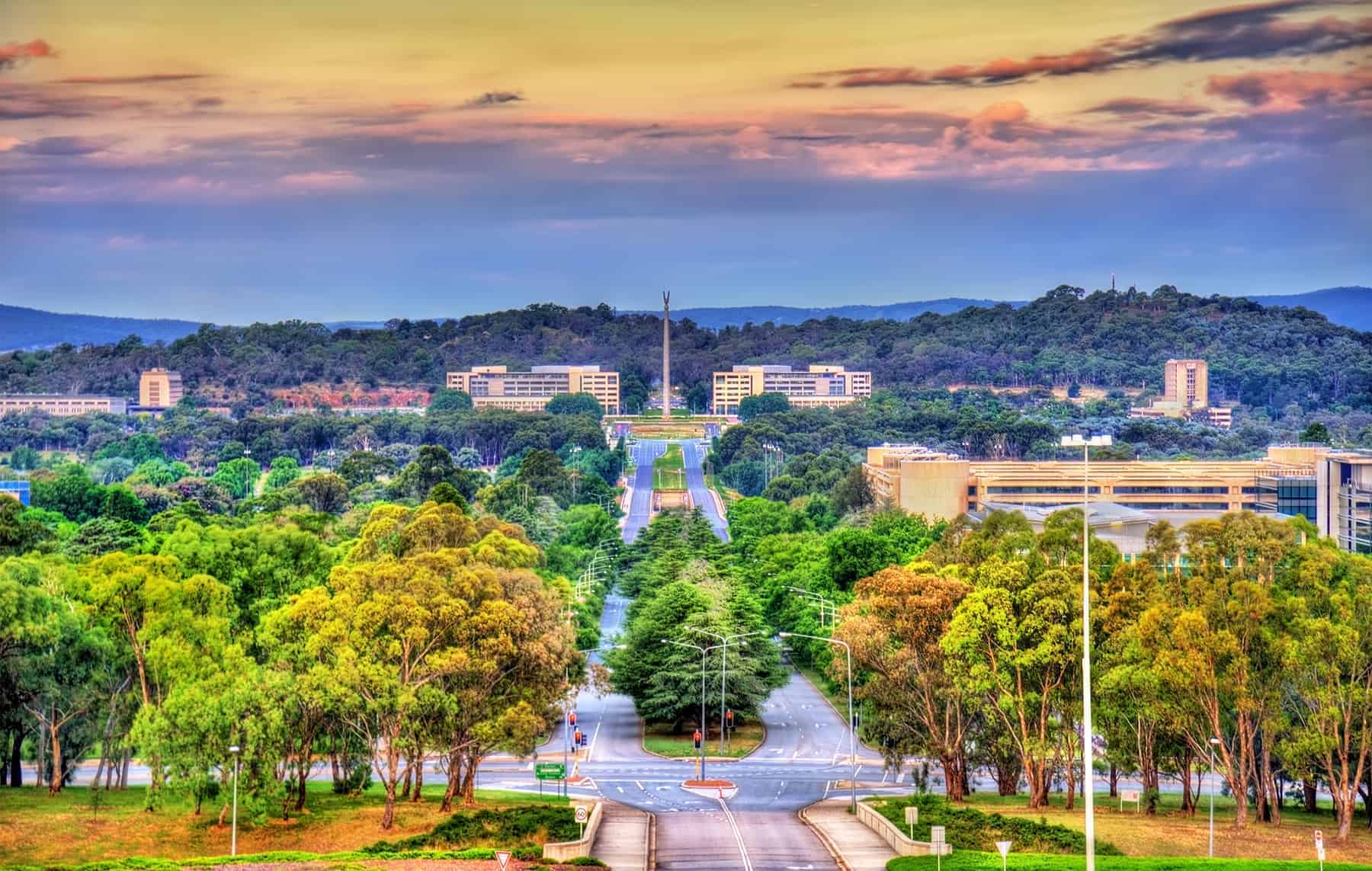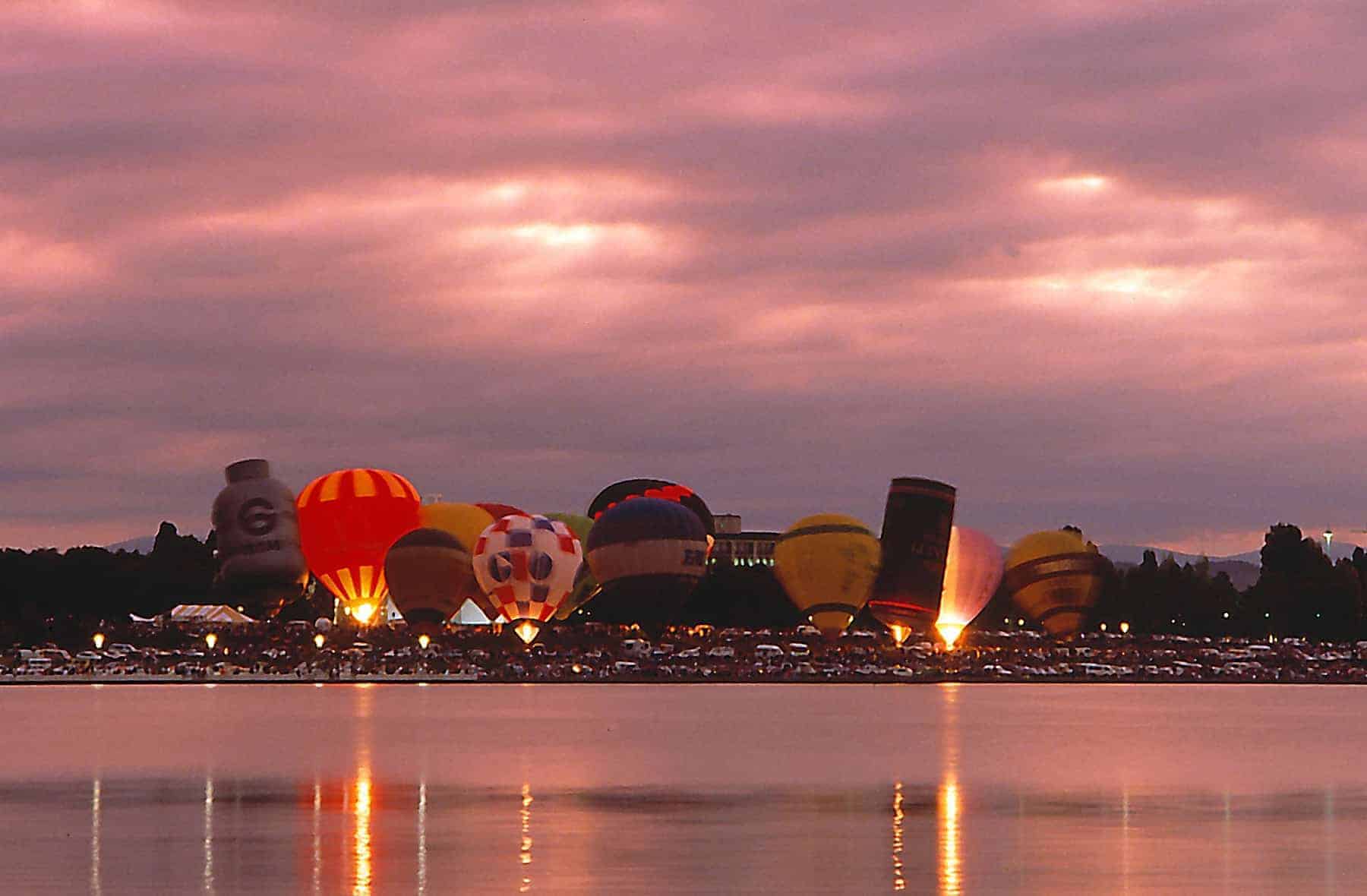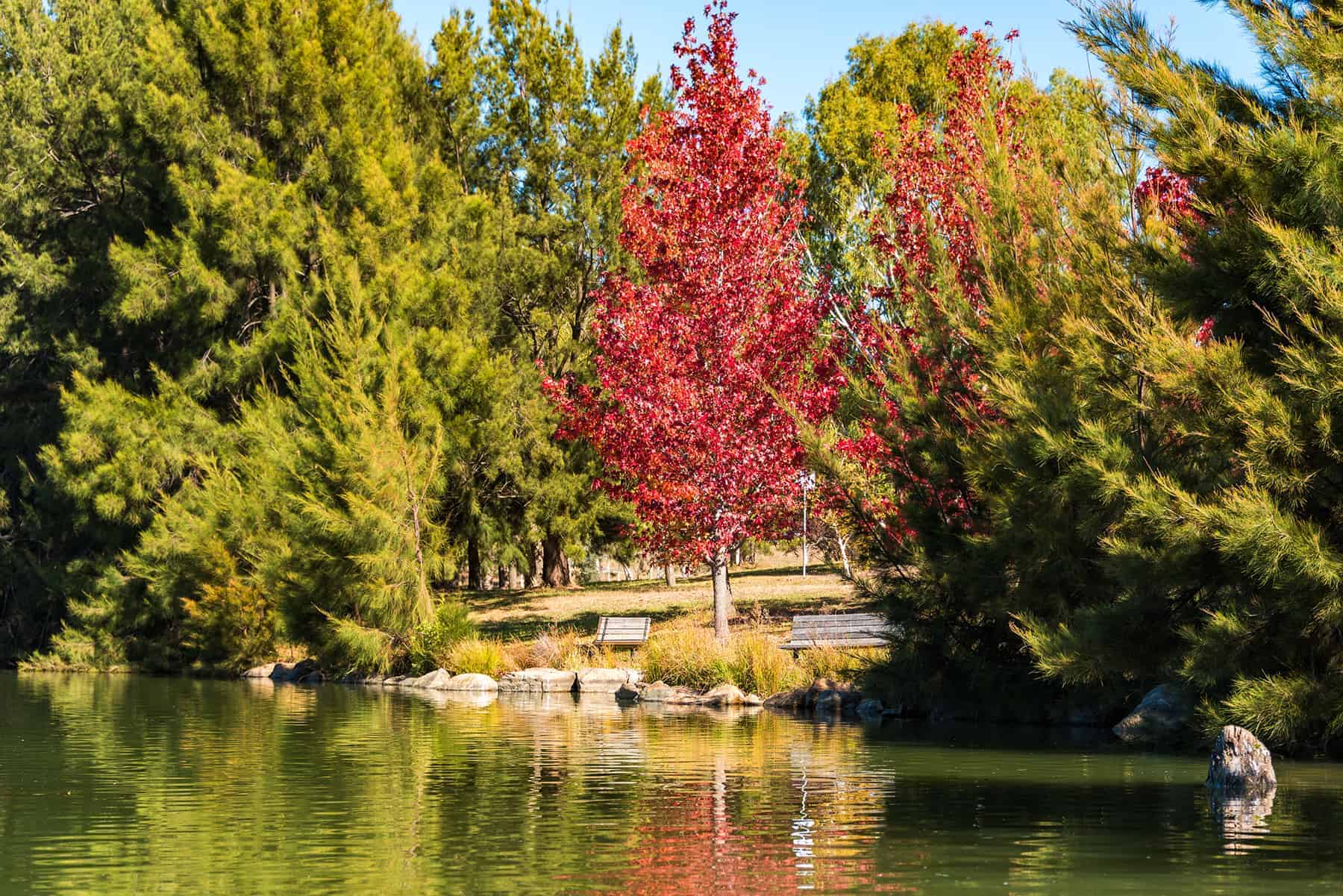Canberra has many plus points in its favor over even the most popular expat destinations in Australia.
In this report, we’re going to be exploring where you could make a new home from home in this particularly sunny part of the country.
Secure Peace of Mind with Best-Value International Health Coverage
International Citizens Insurance provide free, no-obligation quotes from the leading international health insurance providers with plans tailored to meet your needs. Trusted by thousands of expats worldwide.
Living in Canberra - the pros and cons
Canberra is perhaps a lesser-considered destination ‘Down Under,’ despite the many pros it has going for it as a potential relocation destination because it is not right on the coastline.

The main plus points for living in Canberra include its peaceful bush setting, the abundance of good schools, and government infrastructure, which supports the still solid jobs market locally.
Note: Unemployment in the nation’s capital is consistently lower than in most other state capitals.
If you want to consider both sides of the coin, then the main cons of living in Canberra are the transport infrastructure, which is just about OK in the morning rush hour but sporadically trying in the evenings.
Additionally, some people don’t like the fact that if you live in Canberra, it has the feel of living in a big country town rather than a ‘proper’ city. And, as mentioned, you’re not right on the coast, which is a turn-off for some people.
Some people also criticize Canberra for being too sterile, too safe, and too well-planned, but other people will recommend it for the very same reasons – i.e., it’s very much a personal choice.
Canberra definitely has a slower vibe than Sydney, for example, but it has a lot of plus points, such as the fact there’s money for the arts in Canberra – making it culturally a pleasant destination.
Also, many of the homes in Canberra sit on generous plots of land as real estate is a better value than in the likes of Perth or Brisbane, for example.
If you have children, then Canberra is a relatively safe place for them to grow up with a good standard of schooling typical across the city and plenty of opportunities for young people in terms of further education, for example.
However, if you’re a young person living in Canberra and you’re not in education, you might find the city’s nightlife a little ‘dry’ compared to what you could access in Sydney, perhaps.
Canberra is built around a man-made lake called Lake Burley Griffin. On one side of the lake is Parliament House, which is built into a hill, and directly opposite it is the Australian War Memorial, which is in front of Mount Ainslie.
If you don’t work in the parliament building, and a lot of Canberrans do, then it’s likely you’re going to work in the districts of Civic, Belconnen, or Woden - Civic being the center of town on the opposite side of the lake to Parliament House.
Where to live in Central Canberra
Suburbs closest to central Canberra and Civic, i.e., two of the strongest employment centers of the city, tend to be made up of more apartment blocks than is typical in other suburbs.
So-called ‘cafe suburbs’ Manuka and Kingston are known for their good lifestyle and cafe culture, and they offer some of the most pleasant local shops, restaurants, and services of any Canberran suburb.
Dickson is the place to live if you like a bit of color, and Turner and Braddon if you want to be close to the city and don’t mind things a bit cheaper and a bit ‘rougher’ – though Canberra doesn’t ever get too rough.
Ainslie has some of the nicer, older homes and backs onto a nature reserve, and Acton backs onto the Botanical Gardens, Black Mountain, and the Australian National University.
The other suburbs in this area on Civic’s apron also tend to have older homes and quite a lot of student houses. Red Hill, on the other side of the lake, is one of Canberra’s more affluent areas and backs onto yet another nature reserve called…Red Hill.
Which areas of Woden in Canberra are good to live in?
Woden is one of the older parts of Canberra in that it has houses built before the 1970s. Woden has its own town center with lots of shops and a hospital, and a splash of nightlife too.
The area around Weston is probably one of the nicest parts of Woden. Chapman also has a good reputation and is popular with families.
The best places to live in Belconnen
Belconnen is another older area, set on a less flat section of Canberra, so the views are even nicer than average – and there are lots of places in Canberra with nice views. Belconnen has a town center as well and a mall right next to its own man-made lake.

Canberra University is in Belconnen, as is Calvary Hospital, Canberra Stadium, and the Australian Institute of Sport. Belconnen even boasts its own farmers’ market.
The houses here, like in Woden, are more established, and each one is typically different from the houses on either side of it.
Some of Canberra’s other, more affluent suburbs are in Belconnen, but it’s also got some of the least affluent and flat and apartment-style accommodations, which is less common in Canberra than in other Australian cities.
Hawker, Aranda, and Flynn are all nice, benefiting from even better-than-average views and easy access to more nature reserves. Hawker, Weetangerra, and Aranda also have good primary schools, and Hawker has a college.
What about living in Tuggeranong
Tuggeranong, also referred to as ‘Nappy Valley,’ has a lot of the cheaper newly built houses, younger trees, and younger families! It’s quite a long way south of the city, so it’s a long commute on the roads by Canberra standards - but not by the standards of commuting in a normal-sized city in the UK or Australia.
Many people who live in Tuggeranong send their kids north for high school – Alfred Deakin is a popular choice, for example. Because it’s a newer area, Tuggeranong is often quite a bit cheaper. As is the trend in Canberra, most of the flats in this area are near the town center.
Gungahlin
Gungahlin is the new Tuggeranong. It’s to the north of the city, north of Belconnen as well, but the commute on the roads is only about 20 minutes.

You can still buy house and land packages here, but there are some finished homes and townhouses on the market now as well – some that have yet to be lived in.
Newer builds tend to have smaller block sizes and, as yet, less greenery, so the landscapes aren’t as picturesque. The pros are that real estate in this part of Canberra is much cheaper than in the more established neighborhoods.
Final thoughts on living in Canberra
In conclusion, there are a lot of different places and price ranges to explore when looking for somewhere to live in Canberra, though there are quite clear groupings of accommodation by suburb.
Flats tend to center around the neighborhood/town centers, the newer suburbs tend to attract the younger families, and the older suburbs generally attract the more affluent home buyers to the generally larger houses with better-established grounds and the best views.
If you’re a family thinking of emigrating to Australia and you’re considering living in Canberra, a good rule of thumb to follow is don’t send your children to a school in a suburb you wouldn’t want to live in – it will make life difficult for you in terms of transportation and even getting them into the school of your choice potentially.
For younger people considering living in Canberra, make sure you live near a bus interchange or within walking distance of your college, university, place of work or favorite watering hole. Otherwise, you’re going to be frustrated by the lack of transport options.
You might find useful:
- The Best Places To Live In Australia
- How To Get A Job In Australia With Employer-Sponsored Visa
- Living In Australia As An Expat
Helpful external links:
- Canberra resident services and information - accesscanberra.act.gov.au
- The cost of living in Canberra - Numbeo
- Public transport in Canberra: information, tickets and a trip planner - www.transport.act.gov.au
Secure Peace of Mind with Best-Value International Health Coverage
International Citizens Insurance provide free, no-obligation quotes from the leading international health insurance providers with plans tailored to meet your needs. Trusted by thousands of expats worldwide.




